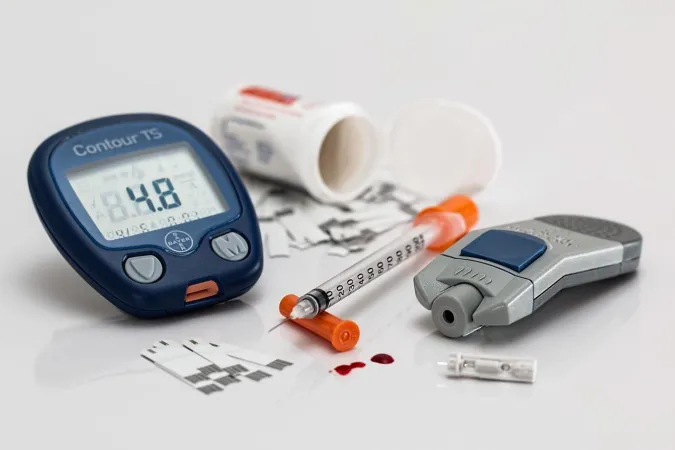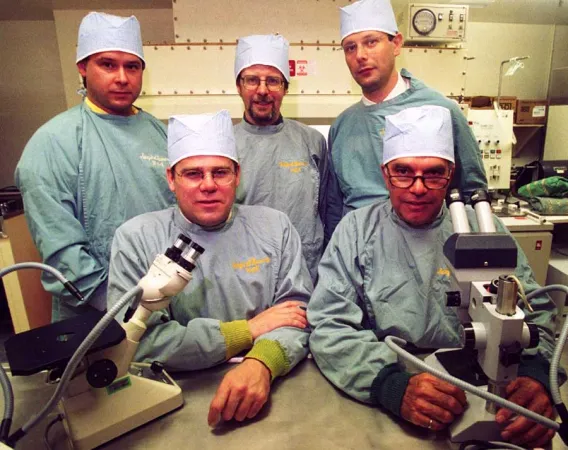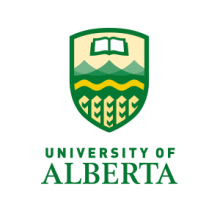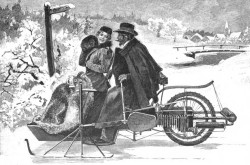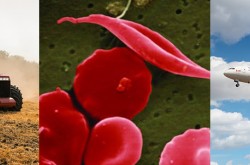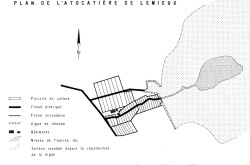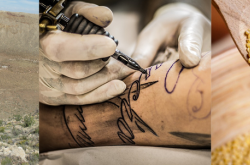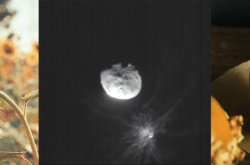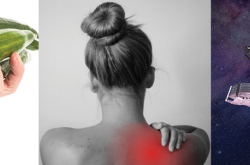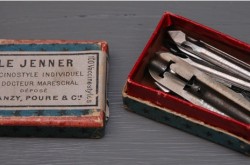Edmonton Protocol: Paving the way for a Type 1 diabetes cure
This article was originally written and submitted as part of a Canada 150 Project, the Innovation Storybook, to crowdsource stories of Canadian innovation with partners across Canada. The content has since been migrated to Ingenium’s Channel, a digital hub featuring curated content related to science, technology and innovation.
An autoimmune disease, Type 1 diabetes stops your pancreas producing insulin, an important hormone that helps your body get energy from food. Insulin injections help Type 1 diabetics stay alive but it’s not a cure nor does it always prevent serious diabetes related side-effects (e.g., kidney failure, blindness, nerve damage, heart attack, stroke, amputations). Moreover, diabetics, have a life expectancy one-third less than non-diabetics.
Major breakthrough
Canadian research has always led the fight against diabetes, starting with insulin’s discovery in 1921. The next breakthrough came in 1999 with the Alberta’s Edmonton Protocol—a major leap towards a cure for the 2 million+ Canadians, and 30 million globally, Type 1 diabetics.
30 years in the making
The Edmonton Protocol transplants islets cells from a healthy donor pancreas into a diabetic patient. Anti-rejection drugs then help the body accept the transplant. The procedure stems from research begun in 1972 by Ray Rajotte at the University of Alberta (UAlberta). Like many health advances, success didn’t come easily or quickly—Rajotte and his team researched and refined islet cell transplantation for almost 30 years!
1982: Canada’s 1st islet transplant
In 1982, UAlberta’s Islet Transplantation Group (Ray Rajotte, Edmond Ryan, Norman Kneteman and Garth Warnock) was created. The team spent 7 years perfecting the islet isolation procedure and in 1989 performed Canada`s first islet transplant. While encouraging, there were still many hurdles; hurdles the team tackled over the following next 10 years while also expanding the team adding Greg Korbutt, Jonathan Lakey, and transplant surgeon James Shapiro.
1999: The Edmonton protocol
On March 11, 1999, Bryon Best became the first Edmonton Protocol recipient—within a week he no longer needed insulin injections. While not a cure, the protocol was a giant leap forward; saving lives and giving doctors a new way to combat type 1 diabetes. Recipients lead improved lives; many no longer having to depend on daily insulin injections. The procedure is now performed around the world. But, widespread adoption is limited by the shortage of donor tissue—human donation doesn’t provide enough to meet the demand. Also, strong anti-rejection drugs are needed to prevent transplant rejection.
Alberta Diabetes Institute
In 2007, Rajotte help found Canada’s largest freestanding diabetes research facility—the Alberta Diabetes Institute at UAlberta. The Institute’s 60+ lead scientists focus on all aspects of diabetes treatment, including nutrition, physical activity, lifestyle and surgical techniques in some of Canada’s most advanced research facilities.
What’s next
Successful islet cell extraction remains difficult—it’s challenging for researchers to determine which cells are likely to survive transplantation. Researchers are also working to tackle transplant rejection. Rajotte is now working to develop an unlimited source of islet tissue and a way to overcome the need for continuous anti-rejection drugs. Shapiro, a surgery, medicine and surgical oncology professor and director of UAlberta’s Clinical Islet Transplant Program and Living Donor Liver Transplant Program, is focused on improving long-term survival of transplanted islets and adjusting transplanted tissue immune response.



